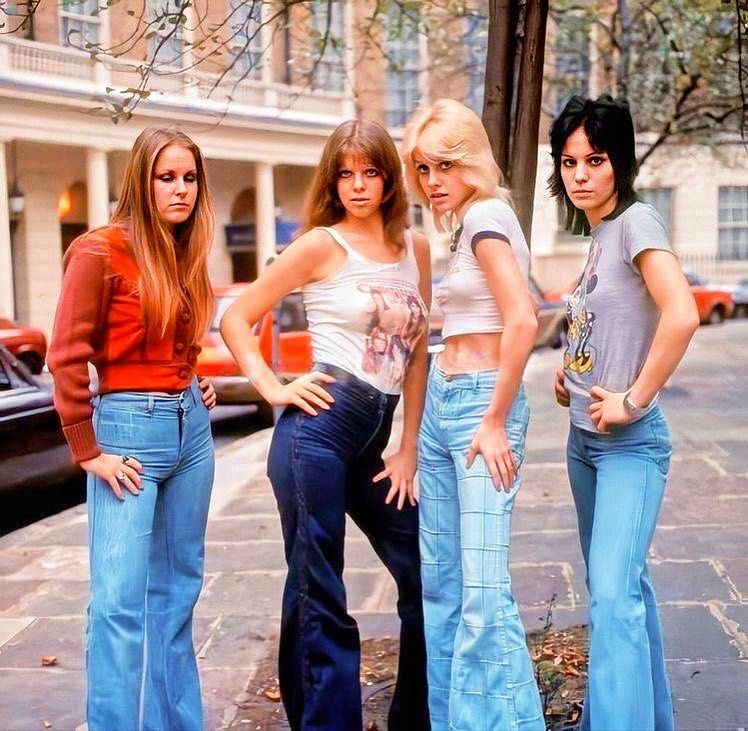
“Dead End Justice”: A Raw Anthem of Teenage Rebellion and Unjust Confinement
Ah, The Runaways. Just uttering that name conjures up images of a groundbreaking era, a time when a group of young women dared to shatter the prevailing notions of what a rock band “should” be. And within their short but impactful discography lies a track that truly encapsulates their raw energy, their youthful defiance, and the biting social commentary they often wove into their music: “Dead End Justice.”
Released in 1976 on their self-titled debut album, “The Runaways,” this song wasn’t necessarily a chart-topper in the conventional sense, as the band’s impact was more about cultural disruption than commercial radio dominance. While their album did make it onto the Billboard 200, peaking around position 194, individual singles from “The Runaways” didn’t see the kind of widespread chart success that defined many of their contemporaries. Yet, for those who were there, for those who truly understood the burgeoning punk and hard rock scenes of the mid-70s, “Dead End Justice” resonated deeply. It was an album track that stood out, a testament to their unpolished power and fearless storytelling.
The story behind “Dead End Justice” is as compelling as the song itself, deeply rooted in the experiences and observations of the band members, particularly Joan Jett and Cherie Currie, who shared lead vocals on the track. It paints a vivid, almost cinematic, picture of two young girls caught in the unforgiving machinery of the juvenile justice system. The lyrics, sparse yet impactful, speak of being “picked up on the streets” and thrust into a world of cold, impersonal institutions. It’s a narrative that many disaffected youth of the era could unfortunately relate to, a stark portrayal of the perceived unfairness and restrictive nature of authority.
The meaning of “Dead End Justice” goes far beyond a simple recounting of events. It’s an anthem of teenage angst and rebellion against a system that often felt rigged against them. The “dead end” isn’t just a literal cul-de-sac; it’s a metaphor for the limited options and suffocating future that many young people, particularly young women, felt they faced. The song screams out against the perceived injustices of a society that was quick to judge and condemn, offering little in the way of understanding or second chances. It’s a powerful statement about agency, or rather, the lack thereof, in the face of institutional control. The alternating vocals between Cherie Currie’s almost innocent, vulnerable plea and Joan Jett’s tougher, more defiant snarl perfectly capture this duality – the fear and the fight.
Listening to “Dead End Justice” today, it’s impossible not to be transported back to a time of leather jackets, ripped jeans, and a pervasive sense of rebellion in the air. For those of us who came of age in the 70s, The Runaways were a revelation. They weren’t polished pop stars; they were raw, unapologetic, and fiercely authentic. They spoke to a generation that felt misunderstood and unheard. This song, in particular, with its pounding rhythm section courtesy of Sandy West on drums and Jackie Fox on bass, and the searing guitar work of Lita Ford and Joan Jett, was a sonic punch to the gut. It captured the visceral energy of their live performances and the unbridled spirit of their youth. It wasn’t just music; it was a defiant roar, a cathartic release for anyone who ever felt like they were up against the wall. The very essence of what made The Runaways so electrifying is distilled into these few minutes, making “Dead End Justice” a timeless snapshot of an era and a poignant reminder of the enduring power of youthful rebellion.